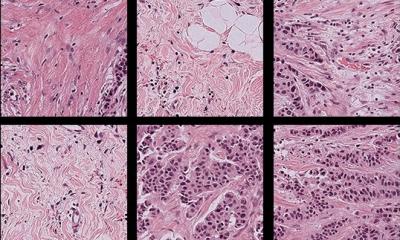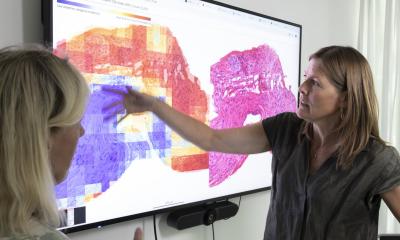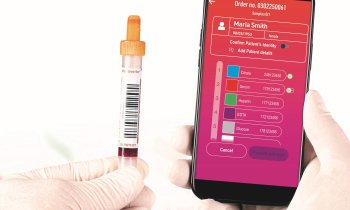Investigating deaths
Wide variability in coroner decision-making
Coroners in England and Wales don’t seem able to agree on what caused a person’s death or whether the death merits an inquest or not - despite being faced with identical case information - reveals a small study published online in the Journal of Clinical Pathology.
This wide variability in decision-making and practice has important implications for bereaved families and the prevention of avoidable deaths, says the author, who calls for a national coroner consensus as a matter of urgency.
Around 507,000 people die in England and Wales every year. Nearly half (45%) of these deaths are reported to coroners, who investigate those believed to be violent, unnatural, or of unknown cause, to find out the identity of the deceased and the circumstances of his/her death.
But national data show differences in the rates at which coroners choose to investigate deaths and how often they record certain conclusions. And it’s not clear why there are so many inconsistencies in coroners’ decision-making and practice.
So the researchers invited all senior coroners in England and Wales to take part in an online task and reach a verdict on three fictitious scenarios that were typical of reported deaths coming to inquest. There are currently 92 separate local coroner areas, each with their own senior coroner.
The scenarios included a complication arising after surgery (scenario 1): a combination of trauma and natural disease (scenario 2); and an infectious disease (scenario 3).
The coroners were given the same information, but it was randomly displayed so that it appeared differently for each scenario for each participant. This was done to find out if there were any differences in the way in which the coroners accessed the case information, as assessed by sequence, frequency, and how difficult they found it to reach a decision.
There was little consensus on the conclusions reached among the 35 coroners who completed the task, despite having been given identical information for all three scenarios.
Scenarios 1 and 2 generated four different conclusions, ranging from death from natural causes to death by misadventure/accident. And some said there was not enough information to make a decision. Eight different conclusions were reached for scenario 3, including death from natural causes through death by accident/misadventure, to death by drug misuse and an open verdict.
Coroners would sometimes adopt polar opposites in their interpretation of the facts. For example, comments for scenario 2 included: “the osteoporosis was the underlying natural disease which resulted in the fracture and set in motion the train of events that led to the death” (natural causes); “even though there is osteoporosis, there is still the trauma which caused the fracture” (accidental death).”
Analysis of the software data on access showed that the coroners approached the case information in a similar way, tended to agree on what was important, did not differ by gender or experience, and found little difficulty in reaching a decision. But they still arrived at widely different outcomes, a disparity that seems to arise from coroners’ personal interpretation of the facts, suggests the author.
“If coroners cannot agree on what caused a person’s death, or whether the death was even reportable or not, then the desired prevention of future deaths becomes a difficult task. This is how we keep people alive,” he says. “A national coroner consensus to achieve a shared inference from available evidence is urgently needed,” he concludes.
Source: The Journal of Clinical Pathology
11.04.2017











